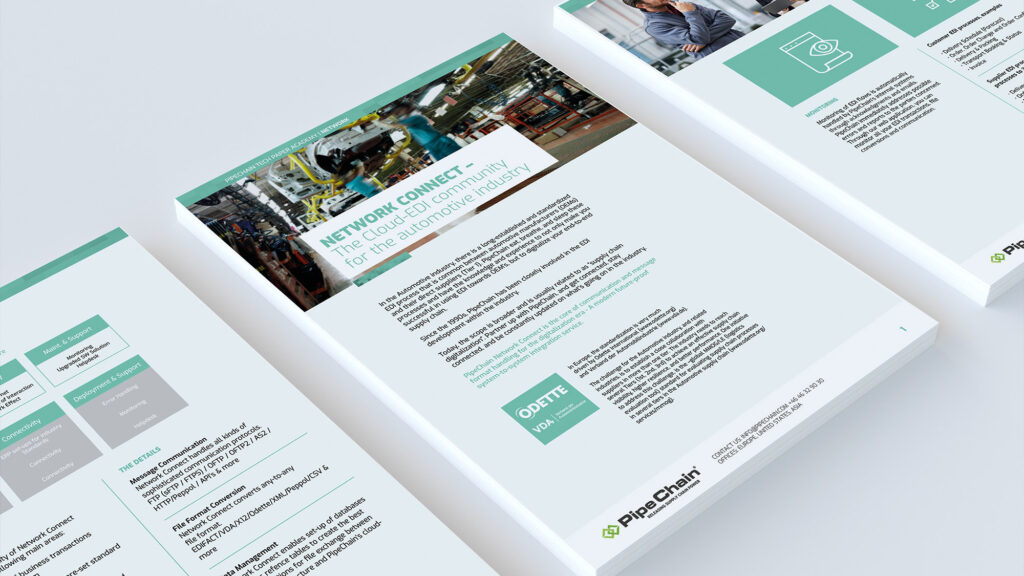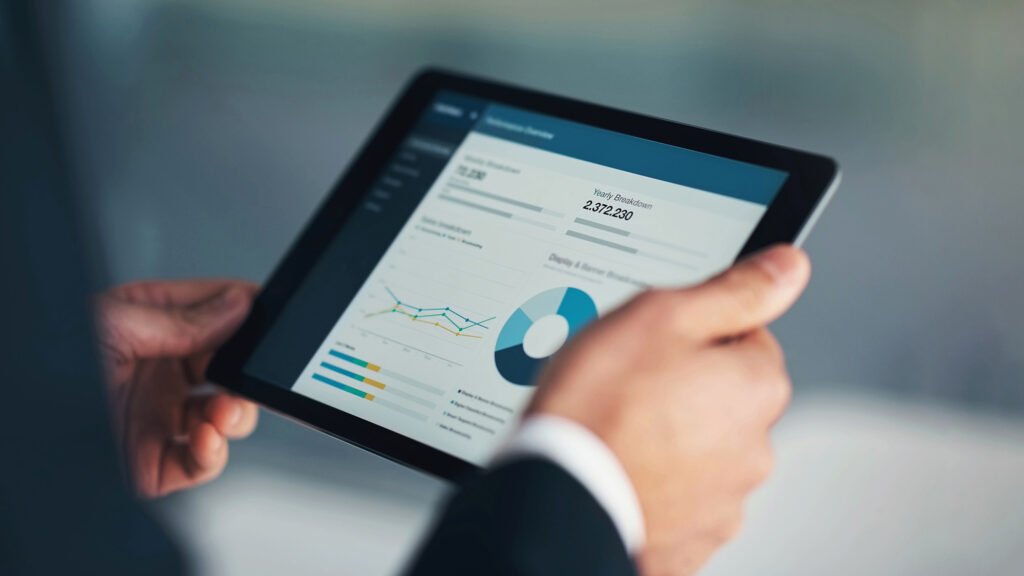
Let your customer take the priority lane!

If you are a manufacturer, how much do you really know about your customers’ needs and which items they prioritize? Further, how much of this do your suppliers know?
Segmenting and prioritizing based on the customer’s needs
All supply chains have capacity limitations. If you want to have a properly functioning flow, you can’t give equal importance to all products simultaneously. How do you choose which have priority? The answer is simple – you select them based on the customer’s needs. Usually you are well aware of the customer’s priorities since he ‘shouts’ when you can’t deliver them. But if you don’t have a structured prioritizing process, you can’t act pro-actively – you are forced to react once the damage has already been done. What products are the most important for the customer? Here, as always, you can apply the 80/20 rule – you must always be able to deliver 20% of the products you sell to him. Once you know which 20% is the most important, you prioritize them in the operative flow. Imagine that you are a manufacturing company with many suppliers and you sell your products via distributors. In order to prioritize your deliveries, you build up a supply route like a multi-lane motorway between your production and the customers’ stock. You create a special ‘priority traffic only’ lane on your motorway, where only the prioritized products may travel. Everyone else must queue up in the general lanes in the case of ‘traffic jams’.
What do your suppliers know about your customers?
The important customers’ important products are made from important components coming from important suppliers. But in order to be pro-active, your suppliers have to understand first of all which components you prioritize. Furthermore, you have to enlarge your multi-lane supply route so that it stretches all the way from the suppliers via your production to your customers. Naturally the same priorities for deciding who uses the ‘priority traffic lanes’ must apply for the entire distance.
How can I check on the flow?
In order in insure that the traffic is running in the ‘priority lane’, we have to be able to see what’s happening along the supply chain. If someone’s ‘vehicle’ breaks down or there’s something blocking the way, we have to get information about it quickly so we can take the proper measures and insure a continuous flow. Quick information requires electronic communication. Thus, we have to establish EDI communication with all of our most important customers and suppliers, and also use tools for automatic surveillance.
How do we insure continuous improvement?
In order to have continuous improvements in the flow, we need key performance indicators (KPI’s). Measuring the total service level from a supplier tells us only how the ‘average traffic’ flows. This gives us some information, for sure, but nothing about whether the priorities made for the different ‘lanes’ were correct, or whether the choices for delivery to the customers were right. The whole chain has to be measured, including dividing up the KPI’s for ‘fast lane’ and regular lanes. When this has been done, you get the basic information needed to work on continuously improving the entire chain. With today’s cloud based solutions, you can quickly build automated and monitored supply routes. You connect your business system to the cloud and can join and participate in the existing infrastructure. You need to decide only which ‘lane’ your customer should travel in. We have talked about all this for a long time—now both the technology and the tools are in place to allow us to put our visions into practice.
Per Grettve, CEO, MA-system
Insights

If you are interested in learning more about how to create a powerful connected supply chain, here are our latest insights.
Tech papers

To help you get a deeper and better understanding of our solutions and your supply chain, we have developed a number of detailed tech papers on different subjects.
-
Necessary
These cookies are not optional. They are needed for the website to function. -
Statistics
In order for us to improve the website's functionality and structure, based on how the website is used. -
Experience
In order for our website to perform as well as possible during your visit. If you refuse these cookies, some functionality will disappear from the website. -
Marketing
By sharing your interests and behavior as you visit our site, you increase the chance of seeing personalized content and offers.


